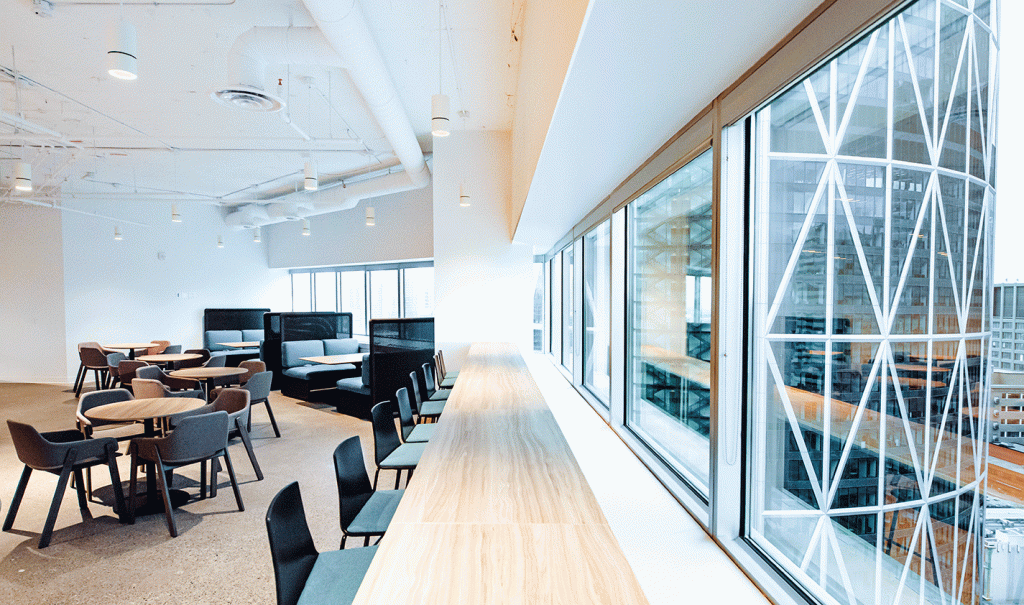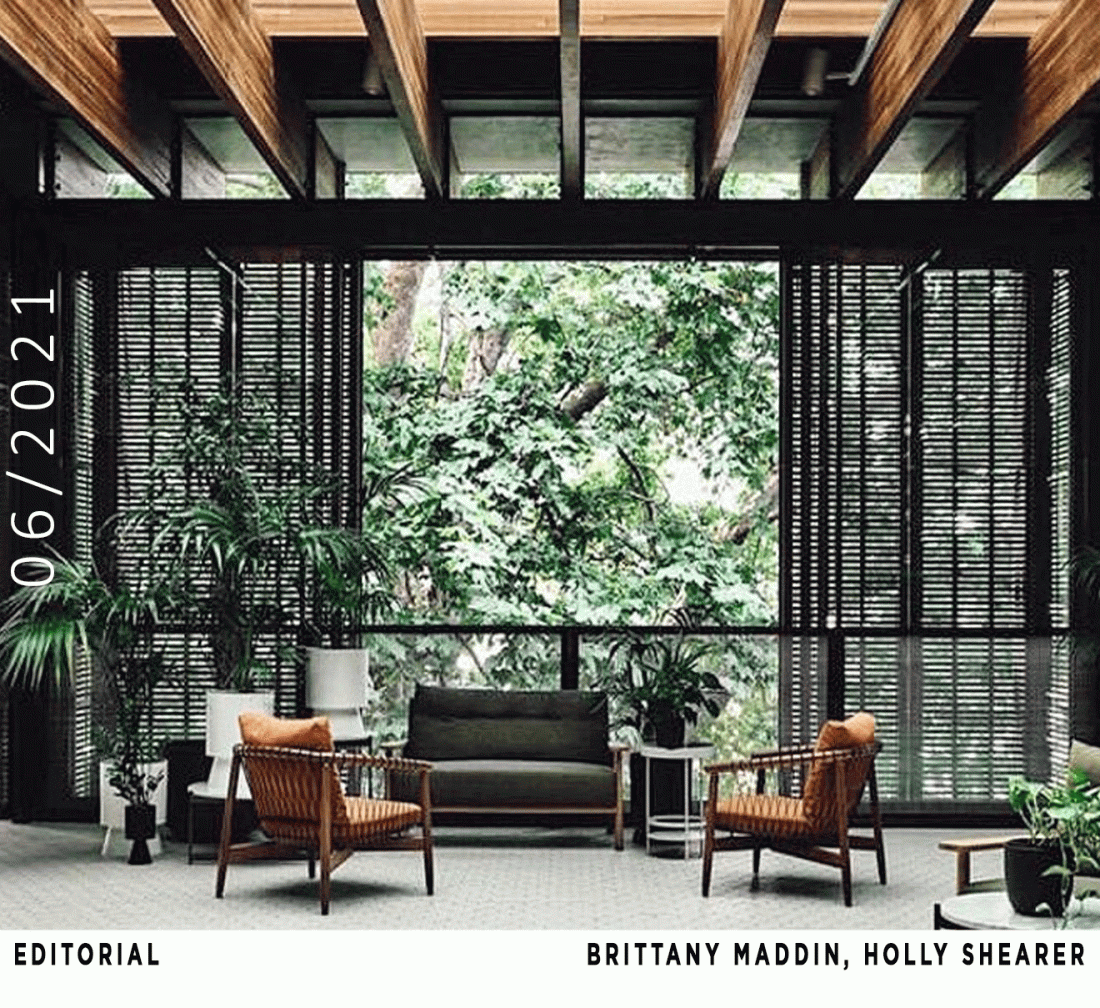
A Look at What’s Ahead
Calgary’s Future Workplace
.
There is so much research and speculation on the future workplace available at our fingertips. Back to the office? Hybrid – structured? Hybrid – flexible? Fully remote? Our industry works hard to stay on top of global research and workplace trends coming out of the States, Asia, Europe, and other large centres in Canada.
The problem with this?
Office design benchmarks for what works in Calgary’s local culture and marketplace can differ (or be a variation of) what is happening nationally and abroad. Local studies help to provide a full picture and pinpoint what’s going on right here, right now.
Shearer spoke to some of Calgary’s influential business leaders to better understand the full picture of their workplace – what they are currently doing, their plans for the future and their dreams for what the future workplace is like.
.
The results? Take a look…
.
What does your workplace look like during restrictions? (Current)
Calgary, Alberta
.
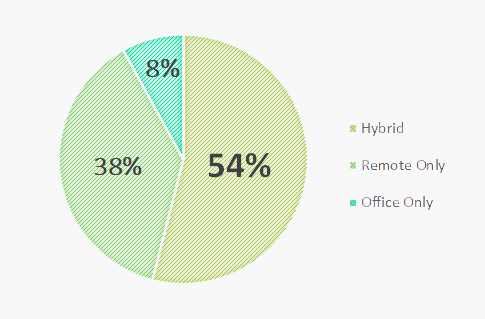
.
Hybrid workplace currently allowing businesses flexibility
.
While many organizations in Calgary have staff working fully remote, business strategies are starting to shift – with hybrid styles of work gaining momentum, where employees are partially in office and partially remote.
Current hybrid models look a little different for everyone and businesses have adapted from strict work from home or work-in-office policies to make room for what works best for their specific business, departments, teams, and individuals during covid shut-downs (while working within regulated covid requirements outlined by local government).
In the current situation, there is a slight favouring to a more structured hybrid model.
.
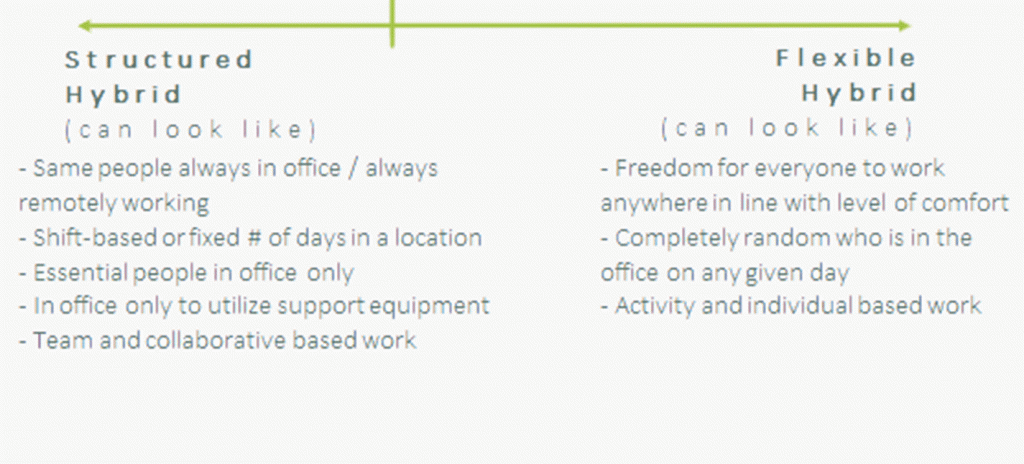
Business leaders identified that those working in the office either do not have an ideal remote work set-up (technology, ergonomics, space, or familial distractions), or are needed in the office to effectively and efficiently fulfill their role, unless feeling ill or during extenuating circumstances.
.
What will your workplace look like after restrictions are lifted in Alberta?
Calgary, Alberta
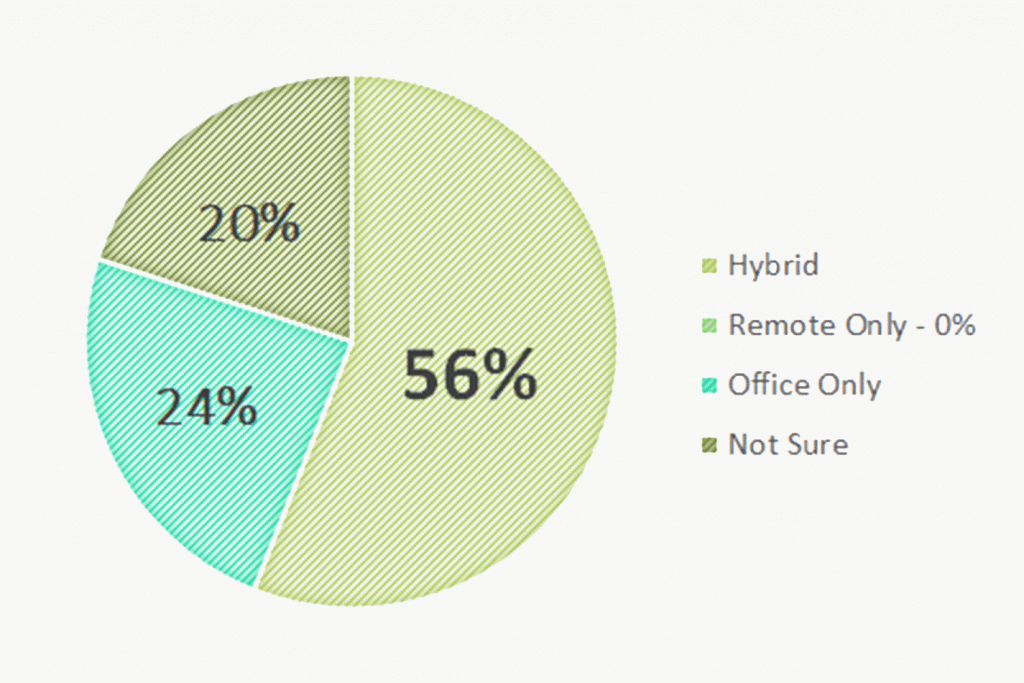
What’s next – near future
56% of Calgary businesses spoken to are looking towards the adoption of a hybrid work scenario when restrictions are lifted. For some business leaders this decision poses challenges in trying to ensure remote work policies are in alignment with the expectations of their staff who are enjoying the flexibility of hybrid.
What is clear is that how the hybrid approach is set up to function varies business to business, team by team, and even individual by individual.
.
The flip side
Nearly a quarter of businesses are still undecided or unsure of what their future strategy will look like in relation to office space. Workplace Strategists and Interior Designers are busier than ever exploring what their client’s back-to-work can look like.
Businesses looking to go fully back to the office, when safe to do so, come in at 24% – growing from the 8% found to be currently all working together in the office.
When implementing an ‘all go back to the office’ policy, leaders tend to be driven by the following considerations:
– value on corporate culture
– employee socialization and well-being
– value to business on efficiency and productivity
– evaluation of team-based and collaborative work activities vs. individual ‘head down’ tasks.
.
.
The Dream
When leaders were asked to put practicalities aside and envision their dream for the future office, 28% see everyone at the office at once, unless feeling ill or extenuating circumstances prevail.
It was noted that going back to the office all week, every week may be a C-suite dream, but is not necessarily their employees dream – so in reality some flexibility in policy may be accounted for on an individual basis.
Those looking to be in the office permanently are looking to solve some of the issues that have presented themselves since work from home started.
- To maintain in-person client and supplier relationships
- for more productive work habits
- for ease of collaborative ideation and spontaneous problem solving
- for better employee engagement and to help drive the business forward
- to retain staff loyalty and mental wellness
The remaining 72% dream of some version of a hybrid workplace.
Those with a dream of adopting a permanent hybrid strategy like the idea, but admittedly reported hurdles and down-sides that need to be resolved before actually implementing this in practicality over the long-term.
Here are some comments we received:
.
“I love the flexibility idea, but in practical terms there are down-sides. Our business is very much a collaborative environment where access to project team members and mentors is critical. Face to face is always better than virtual.”
.
“Instilling your corporate culture to a remote workforce is a major hurdle…for new starters (to the company) this is a challenge.”
.
“Defining space requirements without knowing how many in-office bodies you will have at any given time is a challenge.”
.
.
.
.
.
Here are some topics that are coming up again and again when considering workplace
1 | Corporate cultures are varied just like the people that help create them; the space they occupy should reflect that.
Designing an office is not about imposing a fixed cultural style, it’s uncovering and honing the one that our clients already have – regardless if they are in the office full-time or utilizing a hybrid workplace experience. Business Leaders are taking time during the pandemic to evaluate what this means to them.
2 | Socialization after experiencing remote working, the majority of individuals quoted that they miss the social atmosphere of the office
Remote work encourages scheduled, structured communication. Even so, being bogged down in virtual meetings is not always the most productive. A common office encourages both scheduled/ structured and drive-by or spontaneous interaction. In-office is also more effective for grasping the nuances of non-verbal communication.
Addressing socialization for hybrid strategies may become the focus of the workplace –with remote locations being utilized for more heads-down tasks.
For office-only solutions, socialization and culture must be balanced to allow thoughtful, uninterrupted work as well as highlight the importance of scheduled and spontaneous staff interaction.
3 | Hot desking (work areas that employees can book out and utilize for short periods of time)
The future office, especially a hybrid-style one, re-evaluates how unassigned and assigned spaces can be utilized and how this can help provide flexibility to a company’s work environment.
When dispersed thoughtfully throughout the floor plate and when supported by booking and usage technology and data, businesses can ensure that the flexibility that hot desking allows is set-up and utilized to maximum value.
.
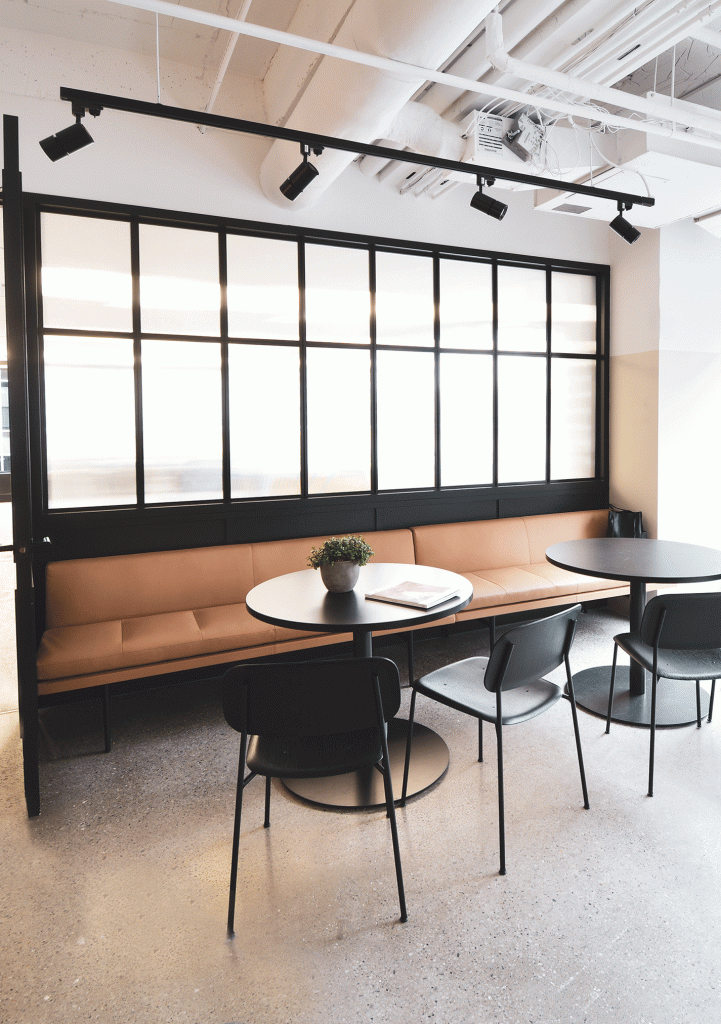
As the form and function of corporate real estate in Calgary evolves, physical office space will still be important:
.
To enable teamwork. To enable learning and mentorship. To be efficient. For mental health. For accountability.
.
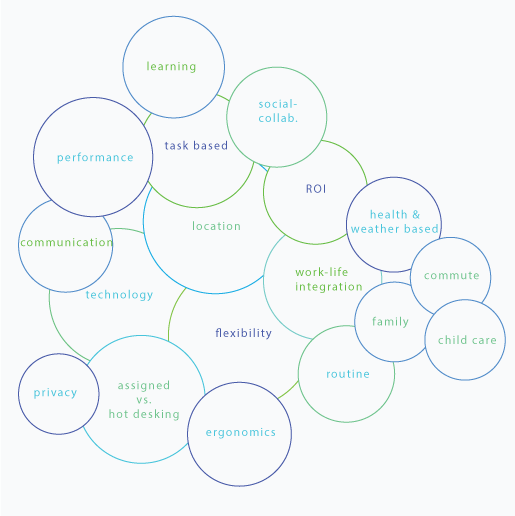
Factors + Priorities
With so many traditional and new factors to consider in weighing the importance/ priority of each, it can become a paralyzing challenge for an organization to address an overall strategy on your own.
How do you know what is best? How can you make the majority happy? What’s most important to your business? How do these affect final decisions on approach? How does this affect your office location(s) and physical space?
We are getting used to these conversations and helping clients to better utilize and develop their own data and decisions around what workplace approach works best for their business, values, and staff – and then tying this into practicalities like flow and spacing, technology, flexibility, cohesive branding, health, and culture.
.
.
Insights & Takeaways
1| High value placed on hybrid adoption
People talk about flexibility and hybrid situations as a perk, but overall there were far more cons (in number) relating to remote work than there were pros mentioned.
This reflects that while remote work may not be ideal for business and comes with it’s share of inconveniences, employees tend to place a higher value on what they feel they gain from working remotely.
2| Hybrid adoption in Calgary is seen most functional as a highly structured approach
The hybrid workplace and flexibility is seen as a desire for many, but most only talk about it working practically as a highly structured approach.
Common comments refer to a hybrid approach as strategized and coordinated. Certain people may need to be in the office at the same time. Others talk about the need to structure corporate team and 1-on-1 social connectivity. This varies business to business.
3| Workplace approach needs to be reinforced by office environment
Whatever the organization decides is the best approach for them, the strategy needs to be functionally reinforced by the office environment.
While planning and requirements vary, business leaders are clear that the value of an office is defined by effective solutions to support the business and it’s staff.
4| Workplace approach is not industry dependant
Data shows that future solutions and dreams for the workplace do not seem to be industry dependant. Solutions and workplace implementation in Calgary are independent and unique to each business.
.
.
.
.

Brittany Maddin
Business Development, Designer
With over a decade of experience in commercial office interior design, Brittany’s goal is to share the latest strategies that can improve how we work.
For more information, contact Brittany at bmaddin@shearerdesign.com

